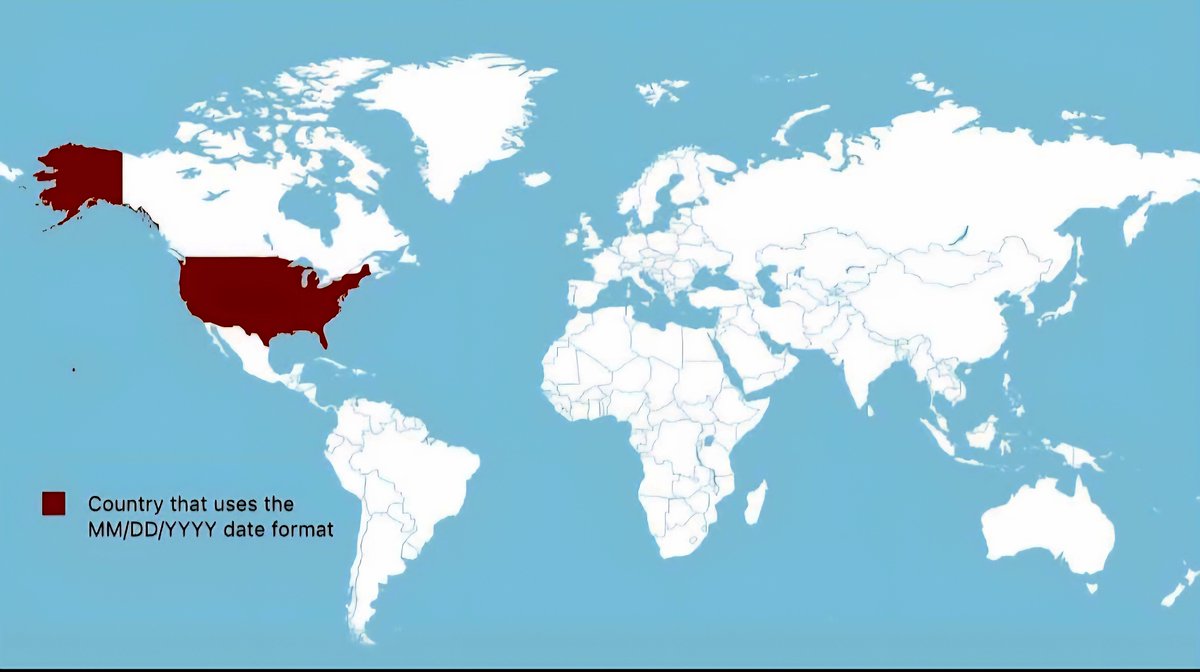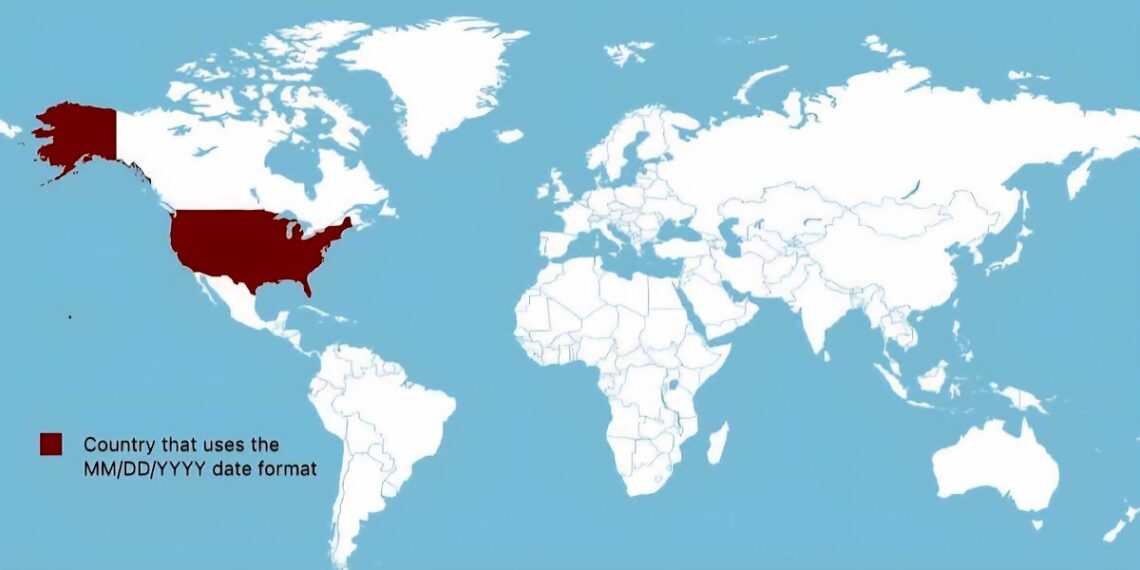Select Language:
Country That Uses the MM/DD/YYYY Date Format
United States: The Primary User of the MM/DD/YYYY Format
The United States is the most prominent country that employs the MM/DD/YYYY format for dates. This system is deeply embedded in American culture, influencing everything from paperwork, official documents, to everyday communication. While many countries follow the DD/MM/YYYY or YYYY/MM/DD formats, the U.S. continues to stick with its traditional way, serving as a significant identifier of American administrative and cultural practices.
The Origins of the MM/DD/YYYY Format in the United States
The date format used in the U.S. has roots dating back to early European colonizations and administrative conventions. It is believed that the MM/DD/YYYY format gained prominence because it aligns with how Americans often interpret dates — starting from the most immediate unit, the month, then the day, and finally the year. This sequence, while seemingly straightforward for Americans, contrasts with the formats adopted by many other nations, often based on European standards.
How the MM/DD/YYYY Format Affects Different Sectors
Government Documentation and Legal Systems
All U.S. official documents—from vital records like birth and death certificates to national policies—use the MM/DD/YYYY format. This consistency ensures smooth processing within the national bureaucracy and aligns with legal standards, reducing potential confusion in legal proceedings and government operations.
Business and Corporate Practices
In the corporate environment, financial transactions, reports, and contracts also rely on the MM/DD/YYYY date style. This practice enables businesses to analyze data chronologically, often facilitating quick recognition of recent dates, especially in financial contexts where monthly and daily tracking is crucial.
Media and Daily Communication
From newspapers to television broadcasts, the MM/DD/YYYY format is standard in the U.S. media. Even social media posts and personal messages often use this format, further reinforcing its place in daily American life.
Challenges and Debates Over the Date Format in the U.S.
Despite its widespread use, the MM/DD/YYYY format has its critics, especially in a globalized world where consistent international standards can streamline cross-border activities.
- International Compatibility: Many countries prefer the DD/MM/YYYY or ISO 8601 (YYYY-MM-DD) formats, which can prevent misinterpretations in global commerce and communication.
- Potential for Confusion: Especially in documents shared across borders, the American MM/DD/YYYY can be mistaken—March 4, 2025, could be read as April 3, 2025, or even 5 April 2023 depending on the reader’s familiarity.
- Growing Adoption of ISO Standards: As global integration deepens, some organizations and government agencies advocate transitioning to more universal date formats.
Population and Cultural Identity Tied to the Date Format
The MM/DD/YYYY format has become more than just a scheduling tool; it’s a part of American cultural identity. Its appearance in movies, literature, and everyday interactions reinforces a distinctly American way of perceiving and organizing time. For many, changing this system would feel like erasing a part of the national character.
Future Outlook: Will the U.S. Shift its Date Format?
While other countries lean towards standardized international formats, considering the ongoing digital globalization, there is speculation about future reforms in the U.S.:
- Possible Transition to ISO Standards: Countries like Canada and Mexico, which border the U.S., have adopted the YYYY-MM-DD format for certain systems, sparking discussions among policymakers.
- Technological Adaptation: Software and digital platforms increasingly default to ISO standards, which could influence future U.S. practices.
- Cultural Resistance: However, entrenched habits and identity factors suggest that any shift would require widespread public and institutional support.
The Impact of the Date Format on International Communication

Accuracy in date representation remains critical in an interconnected world. The American preference for MM/DD/YYYY continues to influence how Americans engage with global entities, sometimes leading to misunderstandings. Awareness and clarity are essential as the world moves towards more standardized international communication practices.
Summary
While the United States remains the country that predominantly uses the MM/DD/YYYY date format, ongoing discussions about international standards and globalization are prompting reconsideration. For now, this date format remains a distinctive feature of American culture, reflecting its history and identity but also highlighting the challenges of a connected world. As the year 2025 progresses, discussions on whether to transition to more universally accepted formats continue, with the potential to reshape how Americans and others approach the simple act of dating a document.





